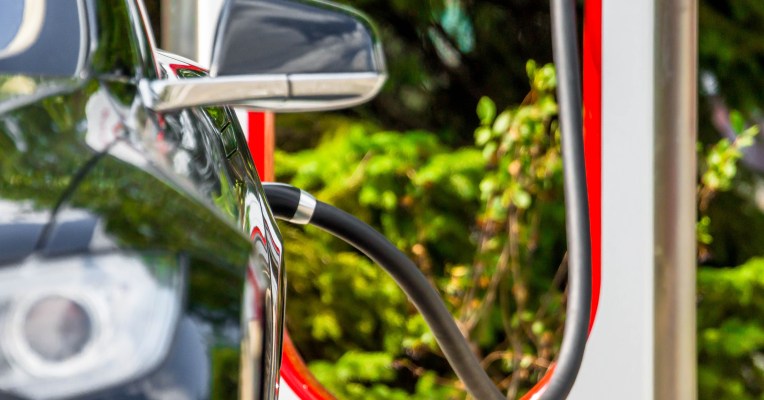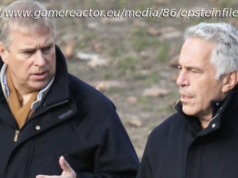 The battery industry currently uses 42 percent of global cobalt production, a critical metal for Lithium-ion cells. The remaining 58 percent is used in diverse industrial and military applications (super alloys, catalysts, magnets, pigments…) that rely exclusively on the material.
The battery industry currently uses 42 percent of global cobalt production, a critical metal for Lithium-ion cells. The remaining 58 percent is used in diverse industrial and military applications (super alloys, catalysts, magnets, pigments…) that rely exclusively on the material.
Approximately 97 percent of the world’s supply of cobalt comes as a by-product of nickel or copper (mostly out of Africa). Freeport-McMoRan Inc. and Lundin agreed to sell to Chinese players their respective stakes in the Tenke Fungurume mine, one of the largest known cobalt sources, in the Democratic Republic of the Congo.
Tesla has stated that the cobalt it needs will be sourced exclusively in North America, but the math doesn’t seem to add up.
The Tenke Fungurume mine is one of the world’s largest known cobalt resources. The concessions are located in the Katanga province in the southeast region of the Democratic Republic of the Congo (DRC). Freeport-McMoRan Inc. (NYSE: FCX ) holds a 56 percent interest, Lundin Mining (OTCPK: LUNMF ) holds an indirect 24 percent equity interest and Gécamines, the Congolese state mining company, holds a 20 percent carried interest.
In May, 2016, China Molybdenum acquired Freeport’s 56 percent controlling interest in the mine for US$2.65 billion, the largest investment ever in the country. Lundin Mining was left with three options: allow the China Moly deal to proceed, supplant the offer by exercising a right to first offer or sell its own stake to China Moly (or a third party, for that matter).
In November, and after several extensions, Lundin Mining finally announced it was selling its 24 percent stake to an affiliate of Chinese private-equity firm BHR Partners for US$1.14 billion. Freeport’s sale to China Moly was expected to be completed before year’s end, whilst Lundin plans to close its sale in early 2017.
China Moly also acquired this year from Freeport a 100 percent interest in the Kisanfu exploration project located in the DRC and a 56 percent controlling interest in the Kokkola refinery in Finland (about 10 percent of the world’s refined cobalt last year). Needless to say that all that cobalt from the refinery is expected to be shipped to China, South Korea and Japan from now on.
The implications are clear. China is now leveling its game in upstream cobalt and is already a major owner of downstream assets in the DRC, embodied by Huayou Cobalt (CH: 603799 ) and Zhejiang Huayou Cobalt (CH: 603799 ). It will keep on securing cobalt mines and downstream assets for its own needs.
In November, Albert Yuma Mulimbi, head of the state-controlled Gécamines, passed on to the Financial Times his discontent of partnerships with western companies and, in particular, on the Freeport-McMoRan deal. Left with minority investments in most joint ventures (JV), Mr. Yuma believes that existing deals failed to deliver on dividends. The partnership with China Nonferrous Metal Mining. where Gécamines has a 49 percent stake, is the model he wants to generalize. One more headache for western operators.
As I stated in a previous article , we are already witnessing an increased scarcity of cobalt supply. Approximately 97 percent of the world’s supply of cobalt comes as a by-product of nickel or copper. But the price of the two other base metals have been plunging, to say the least, and this year reached six-year lows, making many deposits uneconomic.
New primary cobalt mines may come online should cobalt prices soar; however, exploration, licensing and development take time and require billions of dollars of investments.






